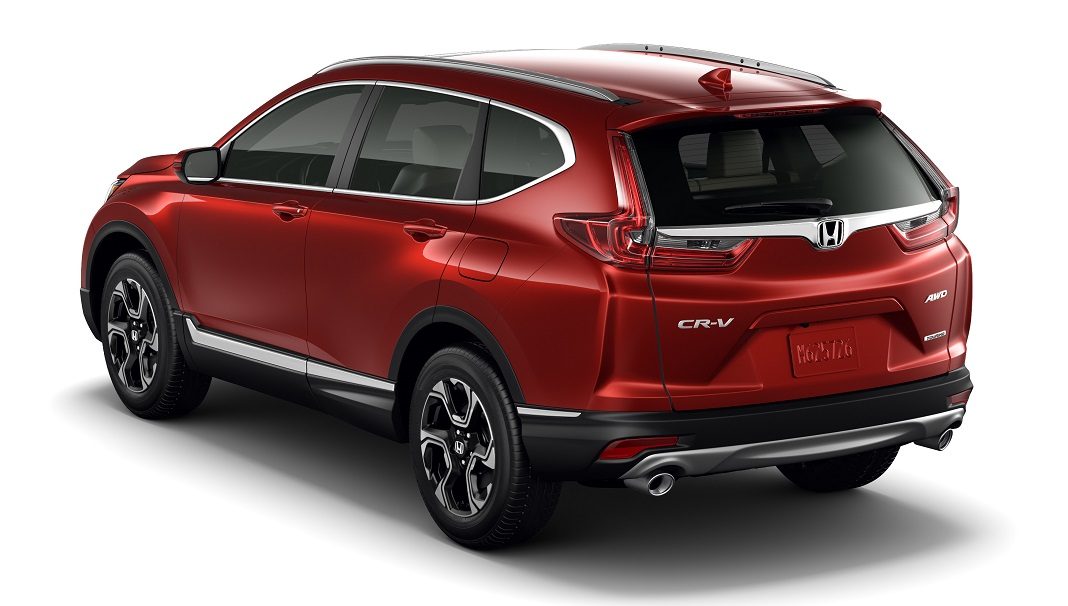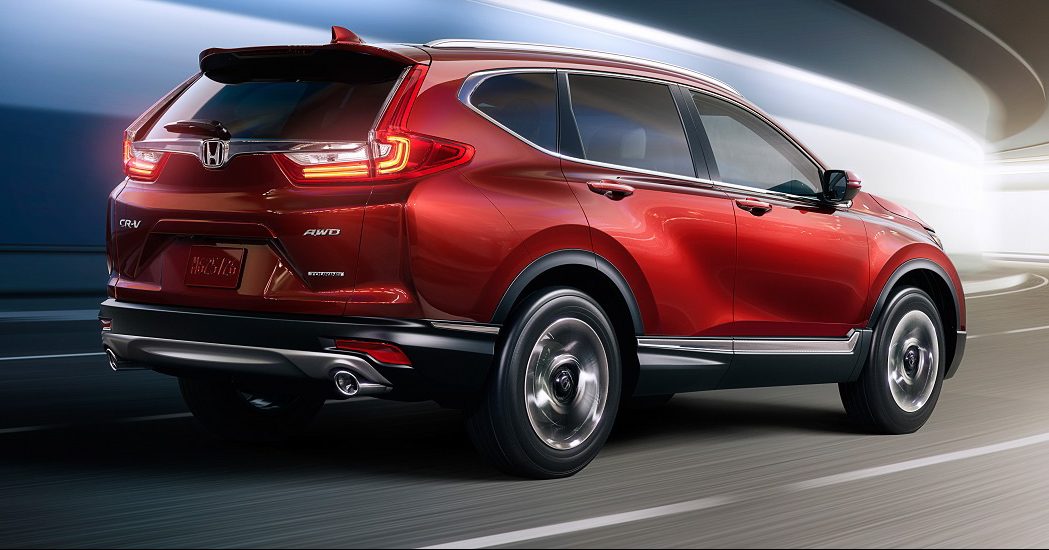
In the all-new CR-V, you certainly can’t accuse Honda of playing it too safe. If anything, it takes corporate ‘balls’ to remake a bread-and-butter model into something snazzy enough to kick-start conversations, but not so extravagant as to alienate its traditional audience. Modern automotive design is a fine balancing act, but recent history has shown that fortune tends to favour the brave.

Honda sticks with five
The world debut of fifth generation ‘soft-roader’, held at Detroit because Americans love their CR-Vs, also confirmed that Honda isn’t taking the route of the 5+2 seating arrangement favoured by its competitors, namely the Nissan X-Trail (called Rogue in the US) and the Toyota RAV4 (more a global rival, but not in Malaysia). So the incremental growth in key dimensions frees up more room in a cabin that’s already well optimised in terms of space.

What we can gather instead from the official pictures (and expressly pointed out by the press release) is that the interior will be much more upmarket, not just in perceived quality but also in technological content, much like what transpired with the new Civic. A glance will tell you that both models share common switchgear and feature set, but each with its own unique architecture. One item worth noting is that Honda is reintroducing the volume dial for the audio head-unit in lieu of touch control based on customers’ feedback. We think that’s a good move in favour of safety, and well, just plain logical.

Whether Malaysian customers gets the full gamut of active safety features remains to be seen, but like most new models being debuted (and this will be a recurring trend for reputable brands), the new CR-V can be had with frontal collision warning and mitigation, lane departure warning and assistance, adaptive cruise control with low speed following capability, blind spot monitoring and pedestrian sensing. A carefully chosen subset with relevant application in the Malaysian context should be sufficient.

Turbo is the way to go
Like the Civic, the CR-V will get the turbocharged 1.5-litre four-cylinder and CVT mechanical combo, but expect the outputs (190hp and 243Nm) to be slightly higher than the Civic’s 174hp/220Nm (the CR-V does weigh more of course). If the performance of the Civic is anything to go by, the new CR-V can then finally shed its ‘pedestrian’ image, just as long as you choose the turbo engine as the current 2.0-litre normally aspirated four-cylinder is expected to be carried over as the base FWD variant. Honda Malaysia has not given any indication of the new CR-V’s launch timing, we think sometime in the second half of 2017 wouldn’t be far off the mark.
